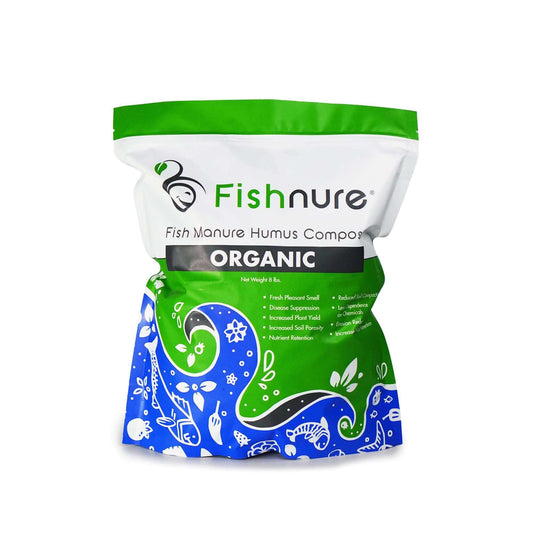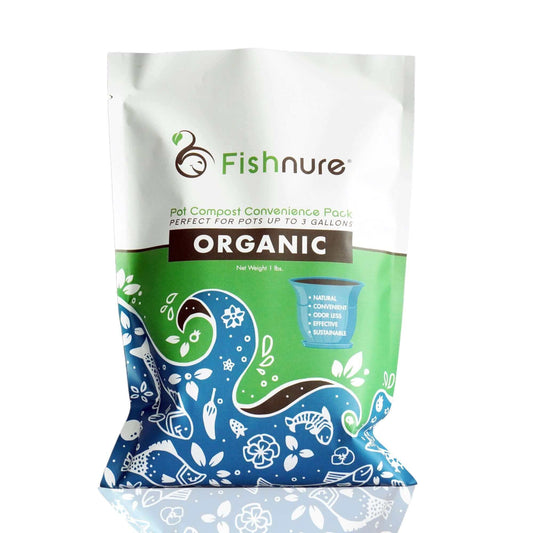
Improving On The Environmental Benefits Of Aquaponics
Share
According to Wikipedia, Aquaponics or pisciponics, is a sustainable food production system that combines traditional aquaculture (raising aquatic animals such as snails, fish, crayfish or prawns in tanks) with hydroponics (cultivating plants in water) in a symbiotic environment. In aquaculture, effluents accumulate in the water, increasing toxicity for the fish. This water is led to a hydroponic system where the by-products from the aquaculture are broken down by nitrogen fixing bacteria, then filtered out by the plants as vital nutrients, after which the cleansed water is recirculated back to the animals.
Clifford Chin has a small aquaponics project in Charlotte, NC. He says
“It’s like growing plants on steroids,” said Chin. “The vegetables grow three to four times faster than what you put in the ground. You can actually eat here on Friday and come back on Monday and see the difference in size.”
Environmentally the basic idea is to have a closed system in which the fish eat the plants and their wastes are converted by microbes and bacteria into a nutrient that is consumed by the plants that are eaten by the fish. This is environmentally good but has no advantage since neither the fish nor the plants could be eaten by humans to remain sustainable. The modified aquaponics model is to feed the fish with an external supply of food. The fish grow and at the same time excrete wastes that are
converted to plant nutrients that grow the plants that are also eaten by humans. The advantage is that we get fish to eat and the nutrients from the fish waste efficiently grows plant food that we can eat. All of this without the use of chemical fertilizers.
There are several disadvantages to this model:
It requires growing fish in a recirculating environment. This is not simple or
inexpensive process. If the climate is not suitable for the fish the process must be grown indoors.
The plants must be grown in close proximity to the fish environment.
Growing plants in liquid requires more labor than growing plants in the ground.
A better model is to capture the nutrients from the fish wastes and convert them into a form that can be distributed anywhere for the cultivation of the plants in soil or water. To accomplish this the fish are grown in a recirculating environment where the manure from the fish can be captured and removed from the water. The manure is de-watered and dried to about 65% moisture. It is then combined with a carbon source, inoculants and a small amount of clay and converted in a controlled process into humus
compost. Humus compost is a more efficient form of compost. More organic matter is bound to the clay particles and will not be converted into carbon dioxide as is the case with regular compost and the organic matter left in a recirculating aquaponic system. Humus compost is a better form of the fish nutrients and it also makes a smaller carbon footprint since more carbon is sequestered in the soil when humus compost is used.
Learn more about Fishnure here.
For starters : Fishnure 8 lb.
Best Value for purchase : Fishnure 32 lb.



